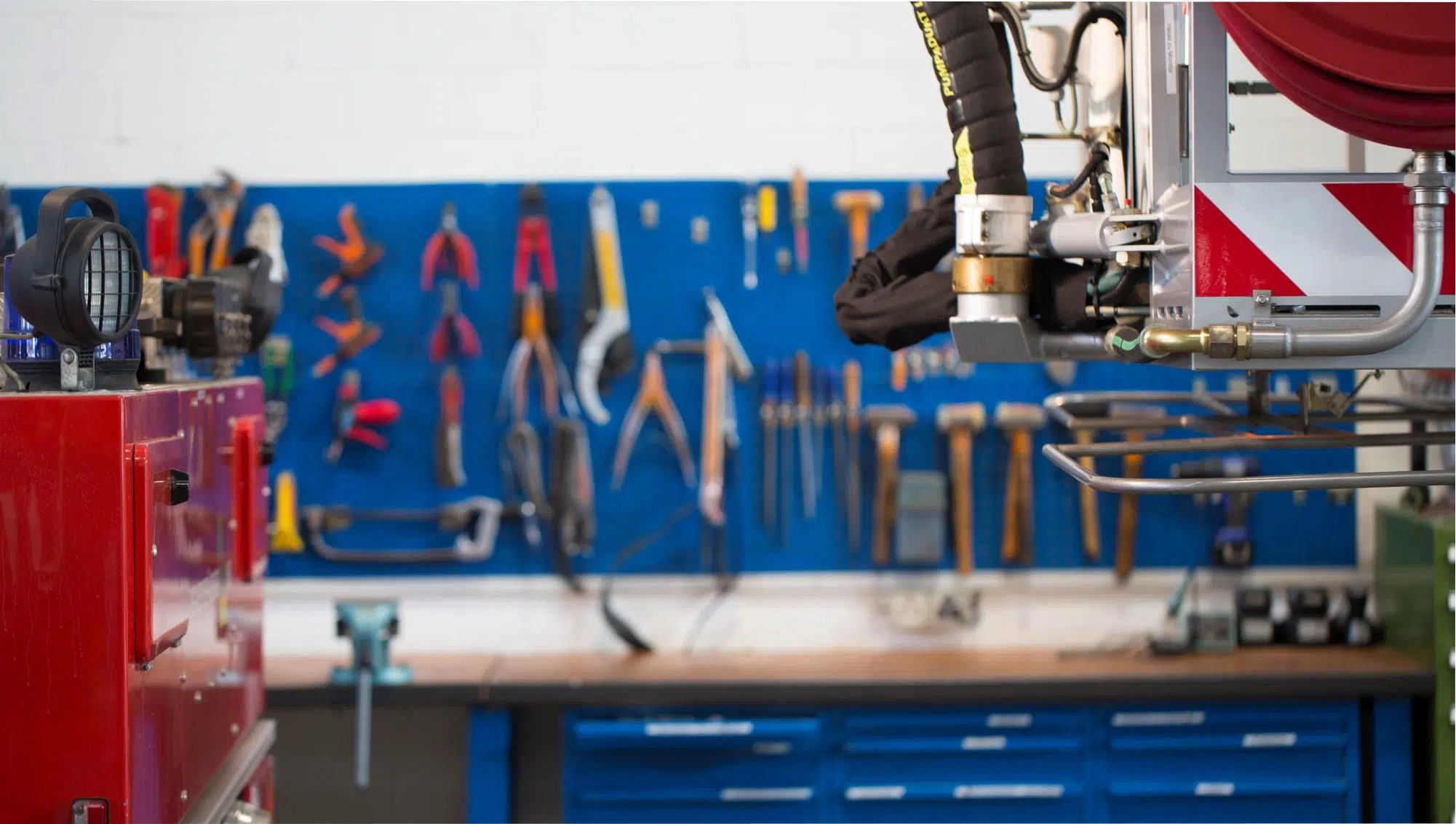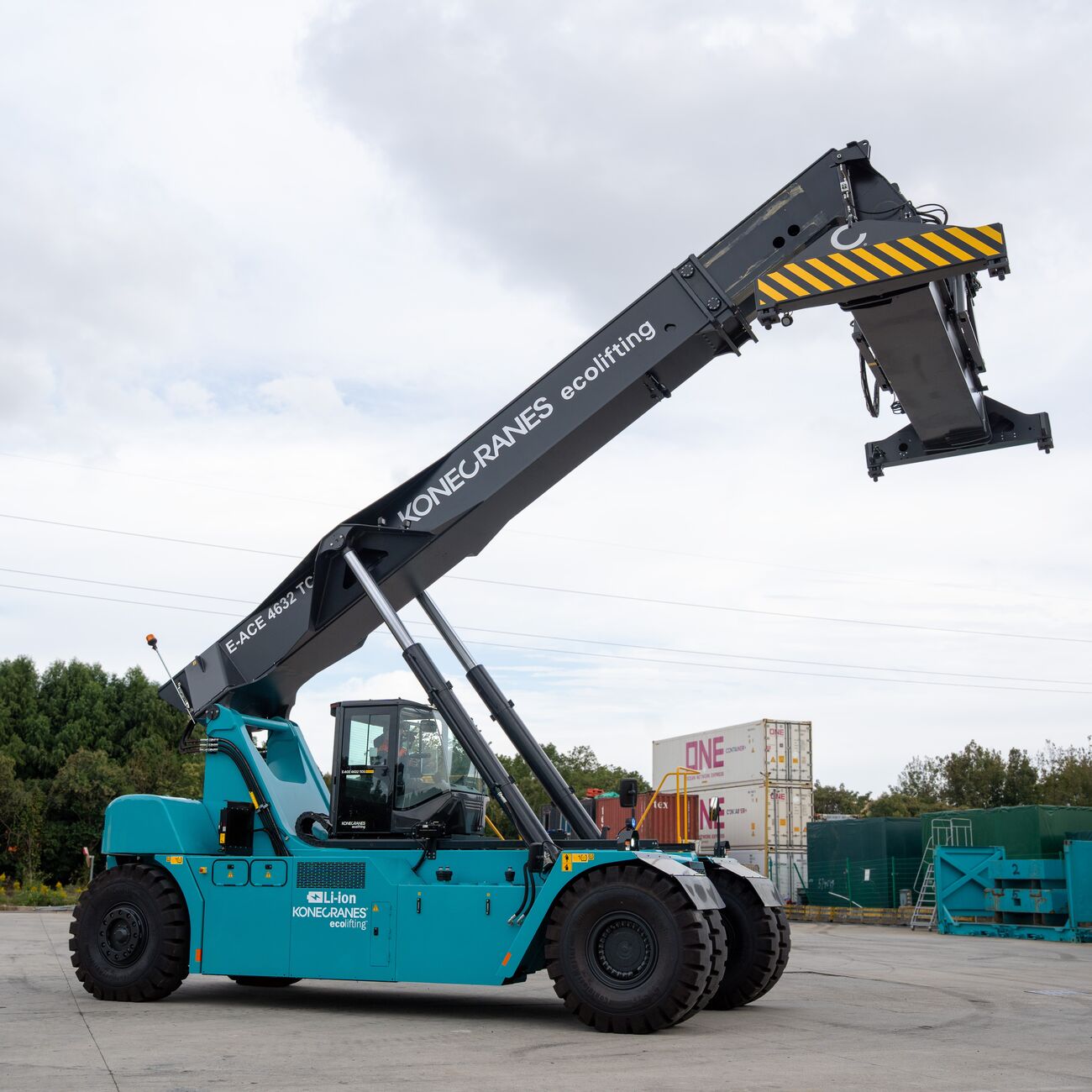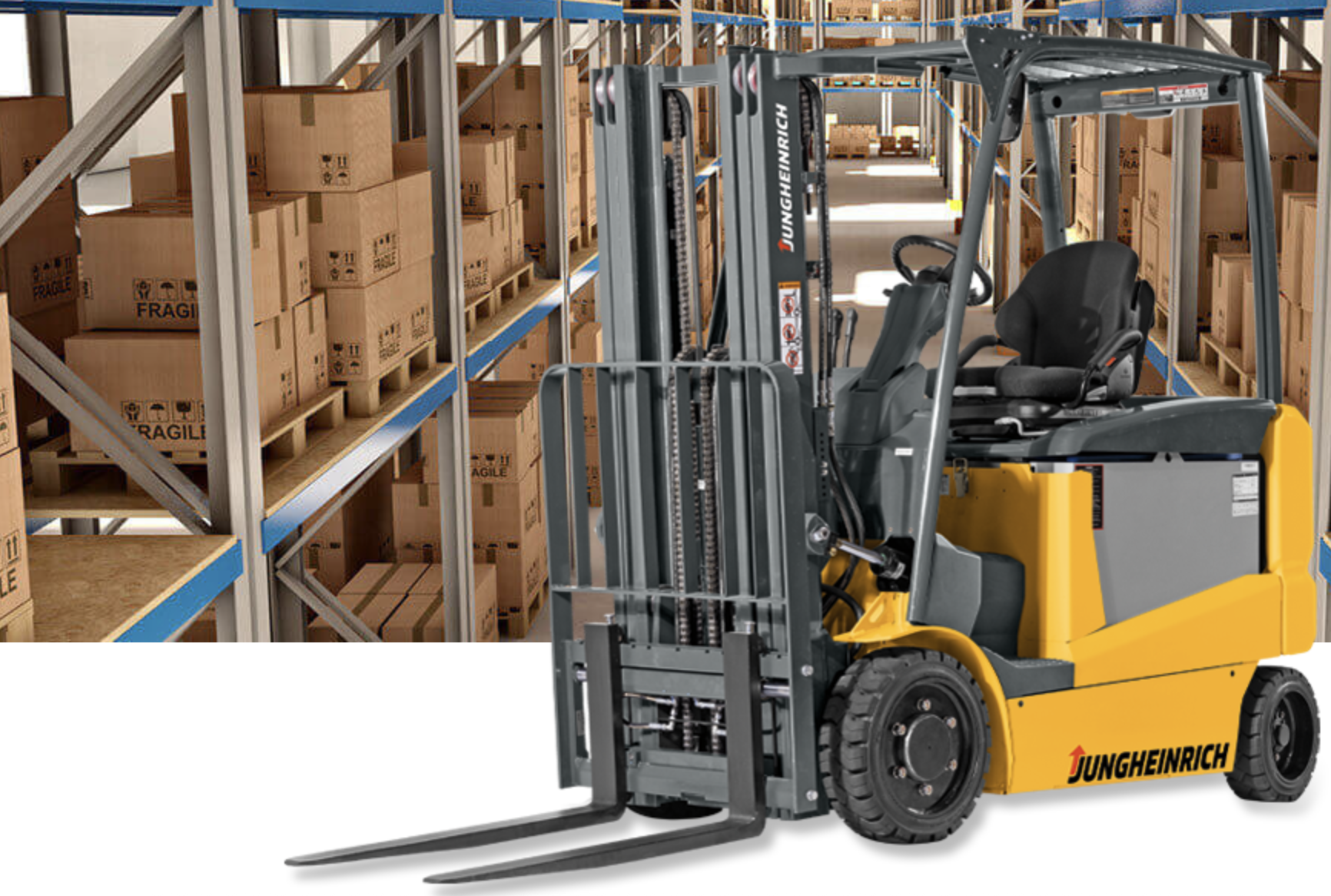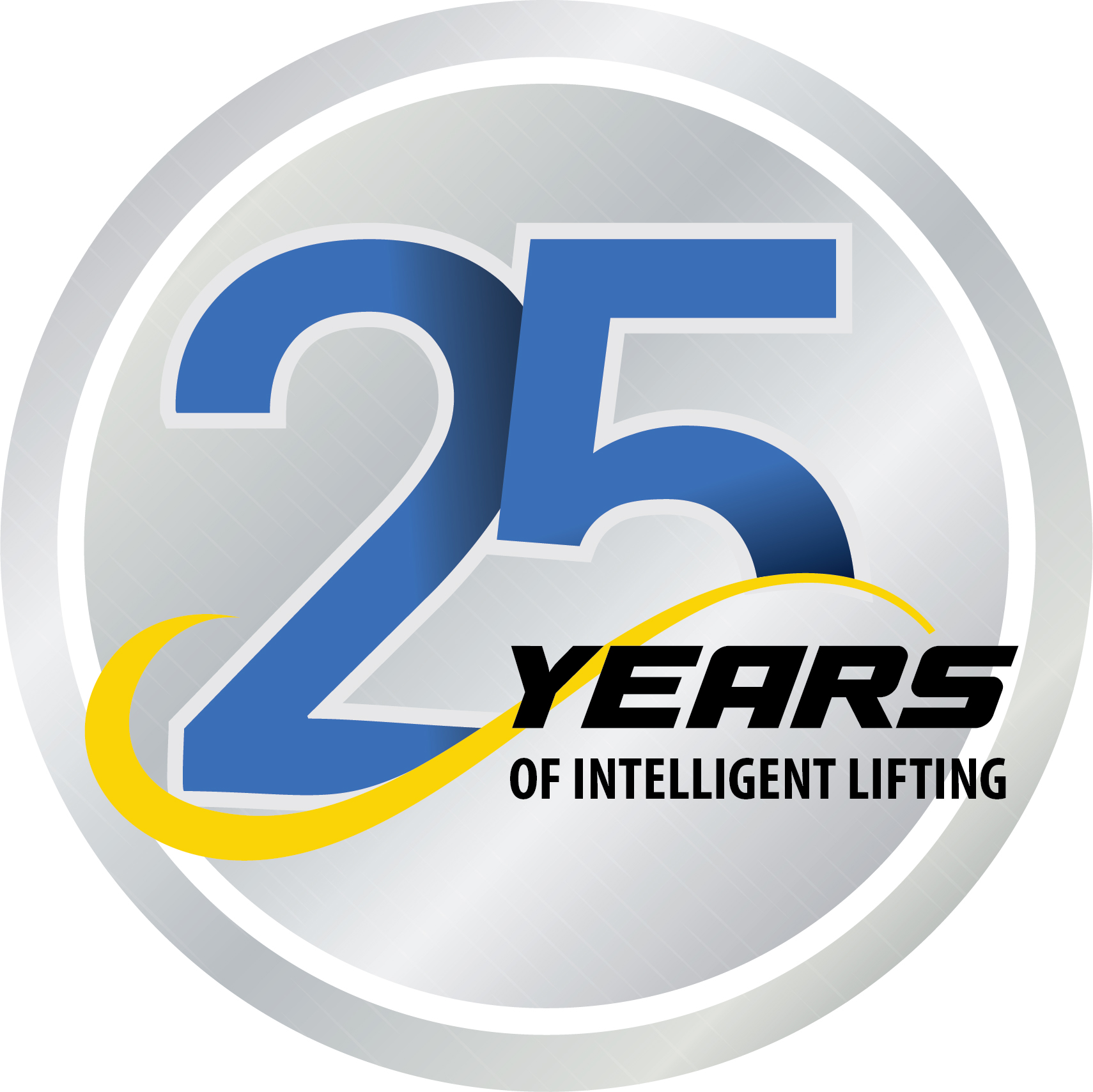Removing the Wittpenn Bridge
Engineered Rigging tapped into its design, fabrication, and heavy lifting expertise to help a contractor dismantle and remove the original Wittpenn Bridge in New Jersey.
The challenging work included lowering two counterweights estimated to weigh nearly 450 tons each and a 209-foot-long vertical lift span weighing nearly 900 tons. Adding to the difficulties, crews maneuvered in close proximity to a nearby railroad trestle and battled winter storms and frigid temperatures.
Built in 1930, the vertical lift bridge was slated for replacement. Before removal of the counterweights and main span began, Engineered Rigging assessed the bridge’s structural integrity. For 90 years it weathered countless storms, nor’easters and hurricanes, and carried over 50,000 vehicles a day between Jersey City on the east and Kearny on the west.
The company’s engineering team conducted several engineering studies to identify risks and optimize safety precautions. They analyzed the existing structure using computerized modeling to ensure the forces put on the bridge during the controlled lowering would not damage the structure.
“Our analysis revealed that the bridge was not strong enough to simply grab and lower,” said Christopher Cox, P.E., co-founder and president of Engineered Rigging. “We needed to add steel beams and clamping fixtures to ensure its structural integrity.”
Engineered Rigging determined that a strand jack system was the most suitable heavy lifting equipment for this project due to its high capacity, compact footprint and ability to provide precise control for load lowering up to 100 feet. Whenever possible, the strand jacks would attach to the existing bridge structure including the main tower sheaves and ropes, lift girders, towers and floor trusses.
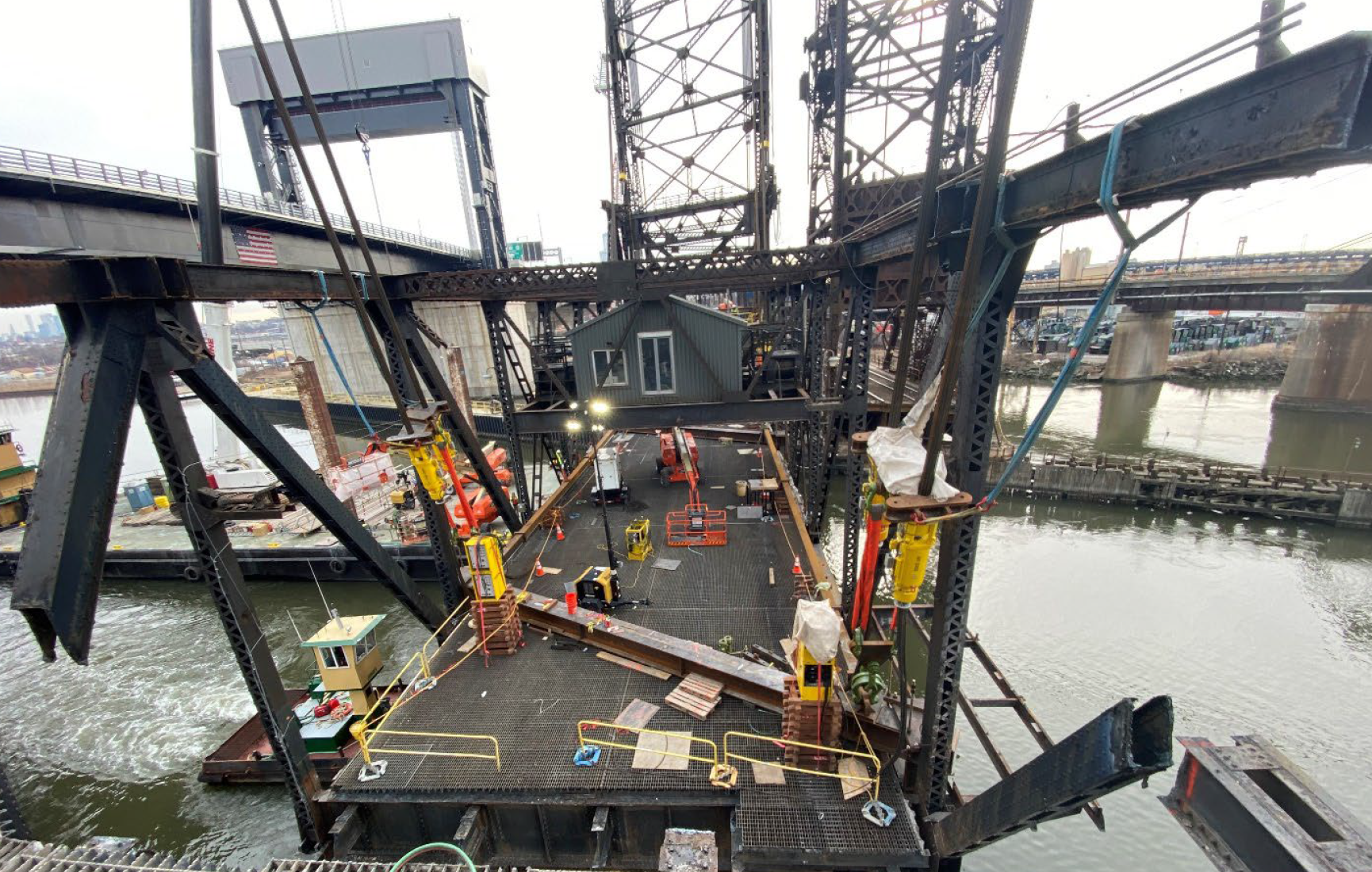
Built in 1930, the vertical lift bridge was slated for replacement. Before removal of the counterweights and main span began, Engineered Rigging assessed the bridge’s structural integrity.
A strand jack is essentially a linear winch in which a bundle of steel strands moves through a main lifting jack. Above and below the cylinder are anchor systems with wedges that grip the strand bundle simultaneously. Lifting and lowering a load is achieved by hydraulically controlling the main jack and two mini jacks (at the top and bottom) alternately. If the system loses pressure, the wedges automatically close, mechanically locking the load in place. This safety feature minimizes the dangers normally associated with suspended loads. Up to 60 strand jacks can be controlled simultaneously by a single operator using Enerpac’s proprietary Smart Cylinder Control (SCC) System.
To expedite project design, Engineered Rigging’s team of engineers and project management simultaneously developed two engineering plans—one to lower the counterweights on the east and west ends of the bridge and another to lower the main span. This parallel development facilitated the New Jersey Department of Transportation’s (DOT’s) extensive submittal review.
Clamps, beams and “dog-bones” fabricated to connect system to the aging structure
When the lift plans were complete, the necessary steel fabrication work began at Engineered Rigging’s fabrication shop in Russellville, Ark. The company completed more than 400,000 lbs. of steel fabrication within a compressed timeframe of just five weeks. For the lowering of the counterweights, Engineered Rigging fabricated custom attachments called dog bones to secure four inverted Enerpac 200-ton strand jacks under the main span lift girders. The company also fabricated a transfer fixture designed to allow the decoupling of the main rope spelter sockets from the lift span and allow the lowering of the counterweights to just above the bridge deck for demolition.
In November 2021, Engineered Rigging arranged delivery of 16 200-ton strand jacks and several truckloads of steel fabrications to the job site. Field crews tested the equipment and familiarized themselves with it before mobilization to ensure efficiency and safety.
Embracing the unexpected
It was during the field implementation phase that the team encountered a few surprises. Despite extensive field reviews of the bridge, the corrosion and deterioration were startling and caused more than one course correction. One major discovery of a previously unknown bridge repair due to apparent collision with river traffic delayed the project until January. The short delay was just enough time for Mother Nature to deliver extreme cold, rain, snow and ice.
After much planning and preparation, the 450-ton east counterweight was safely and successfully lowered on January 7, 2022. The lowering operation took just under five hours. On January 10, the process was repeated to lower the west counterweight.
While the contractor was busy demolishing 900 tons of lowered counterweight, Engineered Rigging’s technicians attached structural steel reinforcement, beams, clamping fixtures and connection points to the tower and lift spans for use in the second phase of the deconstruction — lowering the lift span. Crews moved strand jacks and dog bone fixtures to the lift span and attached with rigging to the corresponding beams.
An additional eight strand jacks were mounted in cages to the tower span beams and tensioned over the tower sheaves to the lift span strand jacks. In total, Engineered Rigging used 16 strand jacks on the main span lowering operation of the Wittpenn Bridge. Eight strand jacks engaged the lift span as static rigging and another eight were tied into the tower spans to lower the bridge.
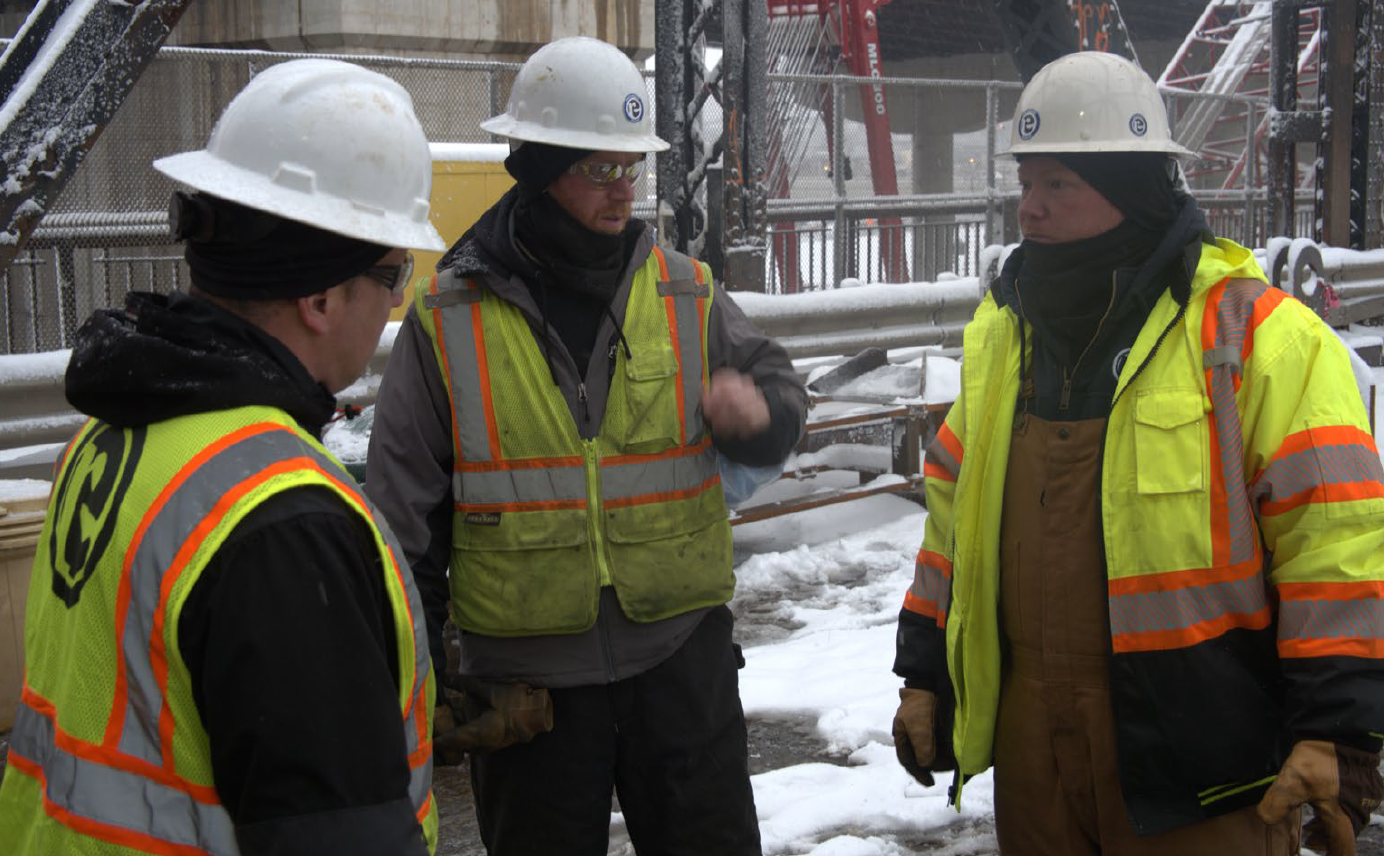
The company’s engineering team conducted several engineering studies to identify risks and optimize safety precautions.
The team from Engineered Rigging took what the structure gave in stride while marveling at its resiliency. Prior to cutting the bridge, forces of over 900 tons were applied to the lift span to test connections and ensure the system was ready for the massive lowering project. On the morning of January 23, the 209-foot long, 900-ton trimmed lift span was safely lowered to an awaiting barge.
The Wittpenn Bridge project is a great example of the time savings and project efficiencies that Engineered Rigging can deliver to civil contractors,” shared Eddy Kitchen, co-founder and principal of Engineered Rigging. “Our team of in-house engineers, combined with heavy lifting equipment rentals and innovative design-build solutions allows us to deliver synergies that others cannot match.”
Surge in bridge work expected
The New Jersey work is just the start of an anticipated surge in civil infrastructure projects including bridge repair, construction and demolition. The bipartisan infrastructure act, combined with the White House’s pledge to spend $27 billion on bridge improvements during the next five years, is sure to drive demand for accelerated bridge repair solutions across the United States. Engineered Rigging is ready to meet that demand.
The company has a track record of delivering innovative solutions for complex bridge projects in the U.S. In addition to the Wittpenn Bridge demolition project, Engineered Rigging developed a custom strand jack system to remove the massive falsework structure from the Panther Island Bridges in Fort Worth, Texas, and the company designed the Cantilever Segmental Bridge Lift System that was used to complete the Cline Avenue Bridge in East Chicago, Ind.
The group also has a proprietary Rapid Rail Bridge Replacement System and a Power Slide that is ideal for moving large components such as prefabricated bridge or overpass spans, and other large assets that are common in civil construction projects.
In addition to its current fleet of bridge solutions, the heavy lifting company recently invested in the Enerpac JS500 Jack-Up System, which can lift preconstructed bridge spans weighting up to 2,200 tons. The JS500 system is available for rental beginning in May.
“There is growing trend in bridge construction to build segments offsite, away from daily traffic. Our fleet of self-propelled modular trailers (SPMTs) can move the pre-constructed spans into place while the JS500 jack-up system can lift them into position,” said Cox.
“Heavy lifting technologies such as these will be important as contractors seek ways to expedite bridge repairs, construction and demolitions while minimizing traffic disruption.”



